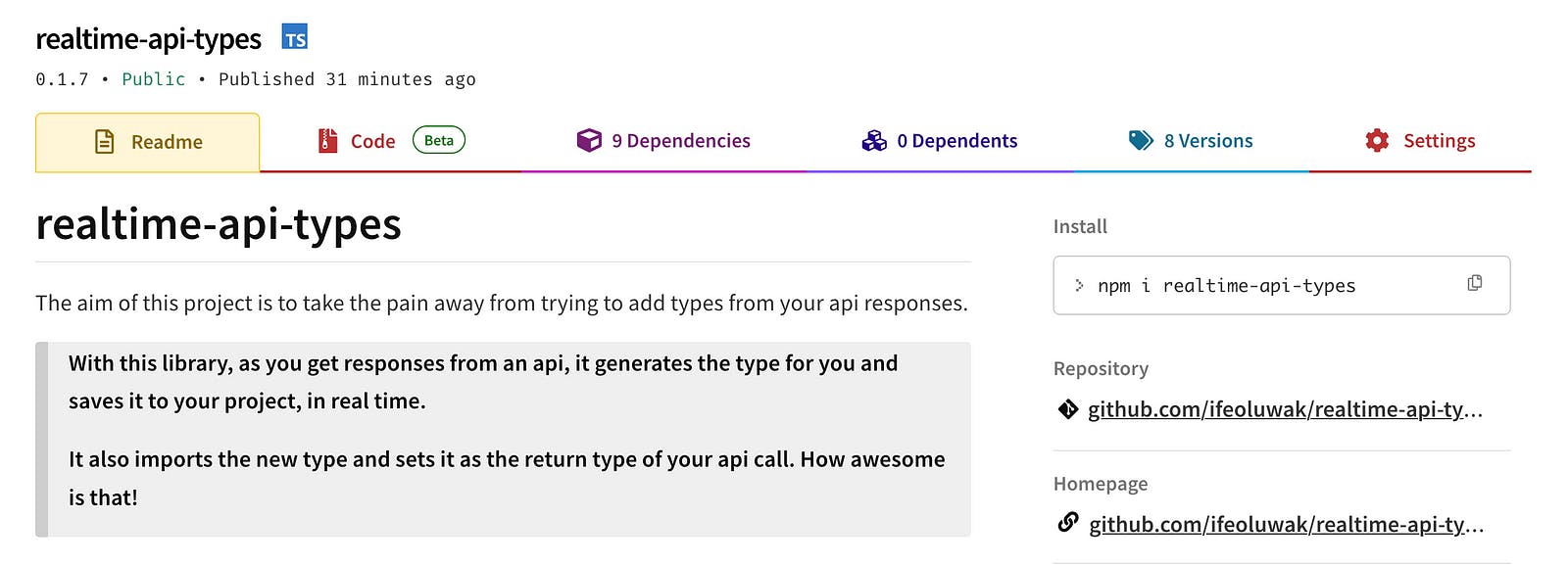As Washington adjusts to a new administration, tech policy wonks are watching for indications of how the White House seeks to shape critical and emerging technologies. So far, the Trump administration has already repealed nearly eighty executive orders from US President Joe Biden, including his 2023 order on safe and trustworthy artificial intelligence (AI). But even as the new president resets US AI policy, there is one executive order from Biden’s final days in office that the Trump administration should pause to consider thoroughly before cutting.
On January 14, the Biden administration published an important step forward for US technology policy with its Executive Order on Advancing United States Leadership in Artificial Intelligence Infrastructure. The order seeks to dramatically expand US data center capacity and, as the title says, advance US leadership in AI. However, its more significant effects would build out the energy capacity needed to power the new centers and shape the development and applications of the frontier AI models run within them. These potentially transformative outcomes, which would help ensure that the United States remains at the forefront of AI development, justify the order’s survival under President Donald Trump.
What is in the order?
Biden’s order establishes a clear, if ambitious timeline for the solicitation, construction, and operation of new high-capacity data centers on federal lands. The timeline states that:
- by February 28, 2025, the US Department of Energy and the US Department of Defense must each identify three sites on land they control suitable for leasing to private entities for the construction and operation of frontier AI data centers;
- by March 31, 2025, both departments must administer public solicitations for nonfederal proposals to lease and operate data centers on the identified sites;
- by December 31, 2025, the departments should fully permit and approve work to construct a frontier AI data center on each identified site;
- by January 1, 2026, the selected proposals must begin construction of the approved data centers; and
- by December 31, 2027, each data center must reach full operational capacity.
Proposals for these sites must meet a host of requirements, from cybersecurity stipulations to necessary labor standards, and federal agencies face a complicated task of designing and carrying out the solicitation and approval process. Still, the order boldly moves US AI infrastructure in the right direction, as the proliferation of AI models could triple demand for data center capacity by 2030.
How will they be powered?
While data centers have historically been integrated into existing energy grids, the electricity requirements for AI data centers far exceed those built in the 2010s, with some estimates expecting a 160 percent increase in data center electricity demand by 2030. Taxpayers and private electricity consumers may end up footing much of this bill if new facilities crop up without increased energy capacity, as companies leverage tax incentives for their projects and households compete with data centers for increasingly limited supply.
To mitigate these negative effects on electricity networks and private consumers, the Biden administration included provisions for additional energy generation to power the new data centers, with a particular emphasis on renewables and clean energy. The order includes requirements for the Bureau of Land Management (BLM), in partnership with other federal agencies, to identify additional sites well poised for leasing to private entities for the construction and operation of new renewable energy production.
With an eye to the near and distant future, the order specifically requires the BLM and Department of Energy to designate at least five regions to be managed as Priority Geothermal Zones (PGZs). These sites will be selected based on their potential for geothermal power general and thermal storage, and the Department of the Interior is charged with streamlining and advancing direct-use leasing of geothermal projects on BLM land. Such forward thinking could kickstart the US geothermal economy, which according to one estimate could provide 8.5 percent of all US electricity generation by 2050.
Who can access data at the new facilities?
Access to prime real estate and priority energy sources offer enticing incentives for AI companies, but the barriers to entry in building and operating such massive data centers threaten to benefit only the most well-resourced private entities, cementing their leadership in the market. To address such concerns, the order also includes several requirements that acknowledge the importance of small business innovation in the industry.
First, at least one of the selected data center projects must be developed and submitted by a consortium of two or more small- or medium-sized organizations. Such a project could be daunting to newer market participants, but the departments of Energy and Defense are instructed to assist smaller entities in their proposals. Moreover, collective ownership could cultivate a more vibrant and competitive AI ecosystem less dominated by the current leading players.
Furthermore, even sites built and run by industry leaders must take steps to preserve a more open and collaborative environment. The new executive order directs that any computational resources unused for frontier AI training should be made available for commercial use by startups and small firms to improve interoperability and data accessibility.
Finally, the opportunity to build capacity does come with a requirement for selected entities to partner with government AI safety experts and the national security enterprise. New data center owners and operators are obligated to work with the Department of Commerce, in close coordination with the AI Safety Institute, on collaborative research and evaluations of frontier models. They must also advance the use of AI for national security, military preparedness, and intelligence operations. Such steps align with the previous administration’s priorities on AI safety while expanding capacity for US leadership in frontier AI models.
What is the future of the executive order?
While the order survived day one of the new administration, that does not guarantee its existence in the months and years ahead. However, several elements of this order illuminate a clear through-line with priorities of the first Trump administration while appealing to some potential new objectives.
In February 2019, the Trump team released the first Executive Order on Maintaining American Leadership in Artificial Intelligence, with remarkably similar priorities to the recent order. In addition to calling for public-private partnerships and lowering barriers to entry, the Trump administration called for increased access to federal data and computational power while protecting national security, civil liberties, privacy, and US values. The 2019 order was certainly less focused on clean energy sources, but many intended outcomes echo those of today.
Interestingly, the 2025 order’s specific callout for geothermal energy sources may also be an attempt at ensuring its survival. Trump’s nominee for secretary of energy, Chris Wright, has roots in the fossil fuel industry but has explicitly identified geothermal energy as a promising resource worth exploring. The provision for PGZs may be the lifeline this order needs to survive the transition.
The new administration may certainly amend the order to reflect a reduced focus on AI safety and certain clean energy technologies. However, Biden’s actions to advance US AI leadership while establishing permissive conditions for a transformed energy sector justify its continued existence and impact under Trump.
Will LaRivee is a resident fellow at the GeoTech Center.
The views expressed in this article represent the personal views of the author and are not necessarily the views of the Department of Defense, the Department of the Air Force, or any other US government agency.

Mon, Aug 19, 2024
AI in cyber and software security: What’s driving opportunities and risks?
Issue Brief
By
This issue brief discusses the drivers of evolving risks and opportunities presented by generative artificial intelligence (GAI), particularly in cybersecurity, while acknowledging the broader implications for policymakers and for national security.
Image: In this photo illustration, the United States official presidential residence, The White House logo seen displayed on a smartphone with Artificial intelligence (AI) chip and symbol in the background. (Photo by Budrul Chukrut / SOPA Images/Sipa USA)




/cdn.vox-cdn.com/uploads/chorus_asset/file/24774107/STK156_Instagram_threads_4.jpg)


